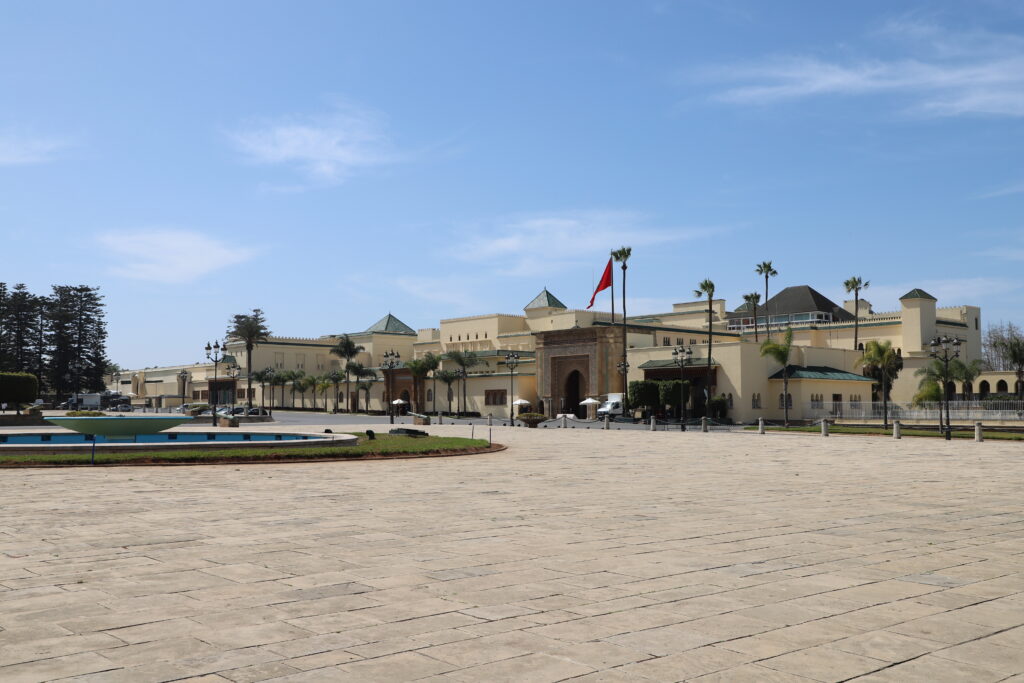Rabat, the capitol of Morocco is about 90 km north of Casablanca and it took us a little more than an hour to reach the town. We stopped for a late lunch near a seaside restaurant. We had our first experience of staying in a Riad in Rabat’s medina.
Medina is the old part of a town or city, found in many countries of North Africa, not just Morocco. It is typically walled, and contains narrow streets, fountains, palaces, riads, and mosques. Most medinas are car-free as there is not enough space in the alleyways for cars to pass.
Riad is a traditional Moroccan house specifically known for its enclosed garden and courtyard. Riads used to be homes of wealthy merchants and traders. Nowadays, riads all over the kingdom of Morocco have been converted into luxury guest houses for the sake and enjoyment of local and foreign travelers. Riads have played a major role in making Morocco one of the best touristic destinations in the world. Staying in a Riad instead of a regular hotel, is a wonderful experience for tourists.
No cars allowed inside the medina, we loaded our luggage into a cart and walked to our Riad.

We spent about a day and half driving around Rabat and visiting the following attractions :
Hassan Tower and Mausoleum of Mohamed V – We spent most of our late afternoon walking around Hassan Tower and mausoleum of Mohammed V which were located in the same complex as the Hassan Tower.


Bottom – Group selfie with Hassan tower in the background
Mohammad VI tower and Grand Theater of Rabat from a viewpoint – Both of these buildings are still under construction and hence not open to public, so we were only able to admire them from a view point as we were drove around Rabat.



Rabat – Royal Palace



Rabat – Bab Oudaia


Rabat, Challah Necropolis


I loved our visit to Rabat. It’s clean, modern, well-organized, beautiful roads, and a fusion of western and Moroccan culture. Two days in Rabat should give one enough time to check out all the important attractions as well as spend some time wandering in the medina.
Our next stop was in Asilah on our way to Tangier.